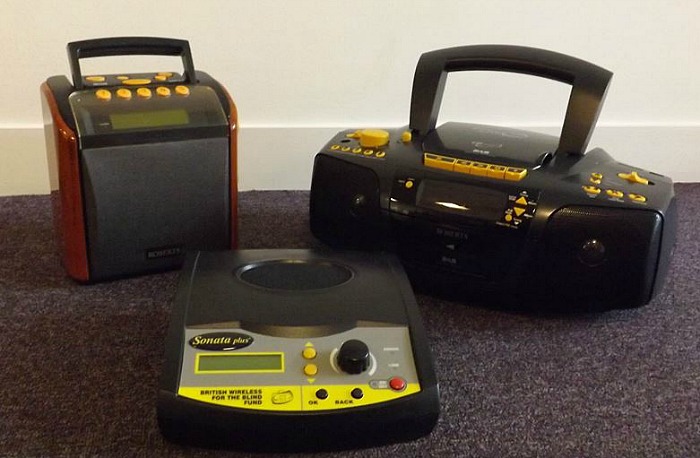
Work radios have come a long way since their inception as portable entertainment devices.
Initially designed for personal enjoyment, these radios have evolved into essential tools in various industries, particularly in construction.
Over the years, technological advancements and specific requirements have transformed work radios into reliable companions that enhance productivity, safety, and communication on construction sites and other work environments.
This article delves into the fascinating evolution of work radios, highlighting their journey from mere sources of entertainment to becoming indispensable tools in the construction industry.
1. Early Days: Entertainment on the Go
In the early 20th century, radios became popular consumer devices, allowing people to enjoy music and news broadcasts wherever they went.
The first portable radios were primarily used for personal entertainment purposes, with their portability enabling users to carry them on camping trips, picnics, and outings.
The advent of work radios during this period coincided with the need for workers to have access to music or news while on the job, providing a sense of entertainment and motivation.
2. Construction Industry Integration
As technology advanced, work radios found their way into the construction industry.
With the demanding nature of construction work and the need for effective communication, radios became valuable assets on construction sites.
Initially, work radios were rudimentary, but they played a crucial role in coordinating tasks, notifying workers of safety protocols, and enhancing overall efficiency.
These early work radios laid the foundation for the evolution of specialized radios designed explicitly for construction purposes.
3. The Birth of Rugged Work Radios
With time, the construction industry recognized the limitations of consumer-grade radios in rugged environments.
Dust, debris, moisture, and accidental drops rendered standard radios unsuitable for construction sites.
This realization prompted the development of rugged work radios that could withstand harsh conditions.
These specialized radios featured durable exteriors, shockproof casings, water resistance, and enhanced battery life, ensuring they could endure the demanding nature of construction work.
4. Enhanced Safety Features
Work radios evolved beyond mere communication devices, incorporating various safety features to protect workers on construction sites.
The integration of emergency alert functions allowed immediate communication of hazardous situations, such as accidents or extreme weather conditions.
Many modern work radios also offer built-in flashlights, signalling capabilities, and even GPS tracking, ensuring workers can quickly locate each other and stay safe in challenging environments.
5. Improved Communication and Connectivity
The evolution of work radios did not stop at durability and safety features.
The incorporation of advanced communication technologies revolutionized their functionality.
Many modern work radios offer not only traditional AM/FM radio channels but also two-way communication capabilities, enabling real-time coordination and swift information exchange between team members.
Moreover, the integration of Bluetooth and wireless connectivity allows seamless pairing with smartphones or other devices, expanding the range of communication options.
6. Integration of Additional Tools
Recognizing the need for versatility, work radios now incorporate additional tools to cater to the specific requirements of construction workers.
Some models include built-in power banks for charging mobile devices or portable tool batteries, eliminating the need for separate charging stations.
Others offer integrated sirens or alarms for signalling emergencies or alerting workers to start and end shifts.
These integrated features further solidify the work radio’s status as an essential tool on construction sites.
Conclusion
From their humble origins as portable entertainment devices, work radios have evolved into indispensable tools in the construction industry.
The journey of work radios showcases their transformation from providing mere entertainment to offering rugged durability, enhanced safety features, improved communication capabilities, and integration with additional tools.
In today’s construction sites and other work environments, work radios are no longer just sources of music; they are vital instruments that boost productivity, facilitate seamless communication, and ensure the safety of workers.
Radios for work have undoubtedly come a long way, and their evolution continues to shape the future of the construction industry.

















Recent Comments